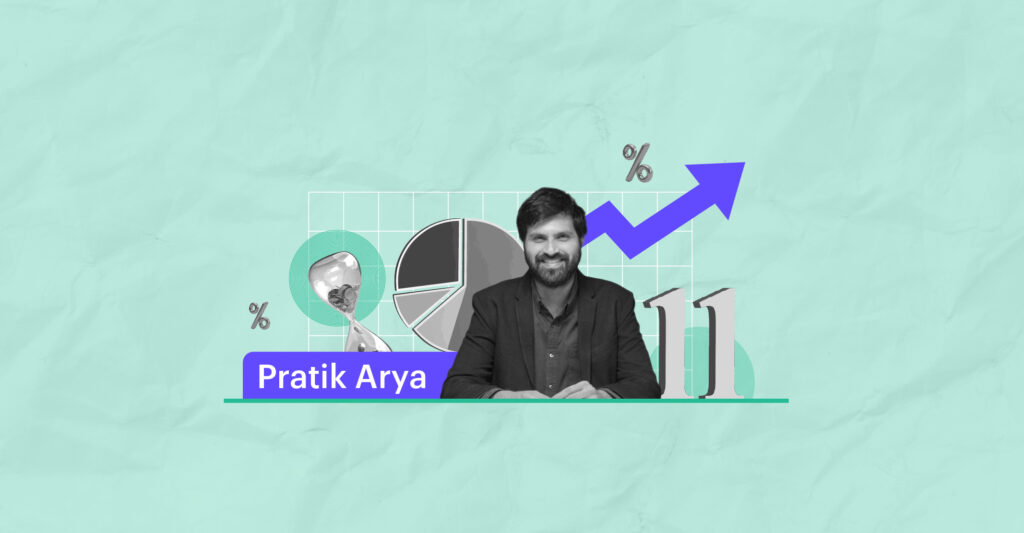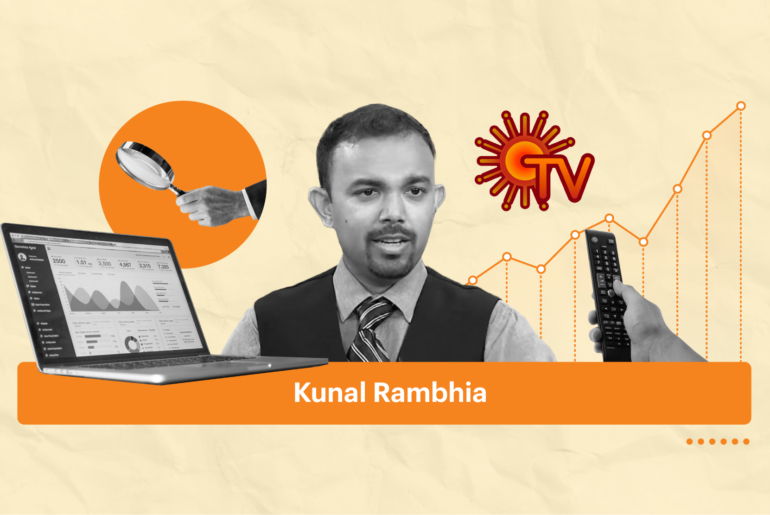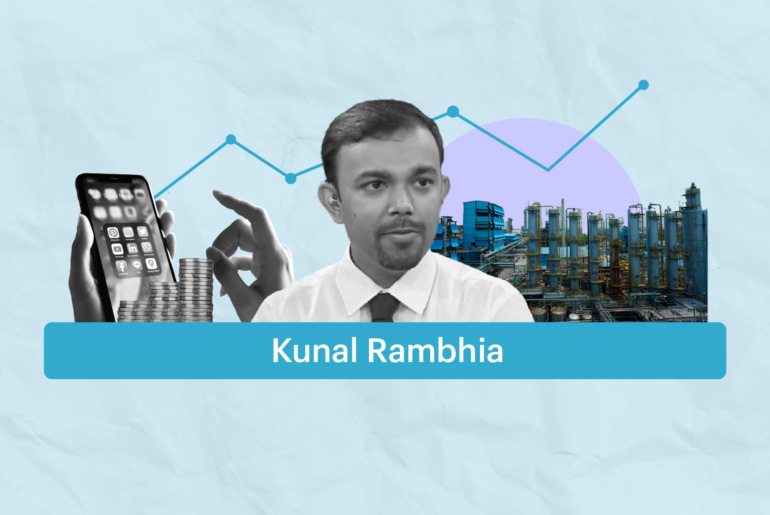Last Updated on Aug 24, 2022 by
This article is authored by Pratik Arya who spearheads Finbridge and Finplus programs. He is an avid reader and has a keen interest in ensuring education is as practical as it can be. Pratik has a formidable experience in financial services blended with a rare perspective of an education entrepreneur.
Everyone knows they should buy stocks at low P/E and the real way to make money is by buying stocks at a valuation where you are not paying too much for future growth but there is not much literature published on this topic.
The right definition of minimum valuation (P/E ratio) is the value a business should get if starting today it is only able to grow its profits at a perpetual rate of 3% (leaving aside highly cyclical businesses like commodity companies). This is also called Steady State Value.
The simple formula to calculate the steady state is:
Steady State Value = Operating profits after taxes *(1+perpetual growth rate) / (Discount Rate – perpetual growth rate)
Steady State P/E = (1+perpetual growth rate) / (Discount Rate – perpetual growth rate)
As perpetual growth rate (3%) and discount rates (12%) remain broadly the same for all businesses, the steady state P/E for Indian companies comes out to be ~ 11-12%.
Low P/E value
If any stock is available for a P/E less than 12% that basically means either:
- The market is not paying anything for growth which means growth is available for FREE & business is extremely undervalued or
- The business is going bankrupt in a few years or
- The business is in a decline stage or
- The past earnings include some cyclically high earnings (we will explain why the steady state P/E concept does not work in cyclical companies in a separate article).
High P/E value
Any P/E market that pays above 12% is basically termed as growth P/E (also called Future Value Contribution). A simple framework to calculate growth P/E is:
Future value contribution = current market cap – Steady State Value
Growth P/E = Future value contribution / Operating profits after taxes
To confirm our hypothesis, we applied this framework to some multibaggers of the past namely Maruti, Divi’s Lab, Astral, Relaxo, Britannia, Symphony, Hero MotoCorp and Asian Paints. Some interesting insights that came out are as follows:
- In the past 12 yrs, 2012-2013 were the years in which the majority of stocks had the least contribution from future value embedded in their market cap. This basically means that you were paying the least for expected growth in 2012-2013.
- In fact, some businesses like Astral, Relaxo & Symphony were available well below their steady state value signifying NEGATIVE contribution of future value creation and this in spite of having symphony growing its PAT at an average of 10% between 2011-2013, Astral at 49% and Relaxo at 30%.
- Whenever the contribution of Future Value goes less than 30% in market cap & you are confident the company can grow at least 10% for foreseeable future it becomes an excellent entry point to get aggressive with buying. As the chances of P/E de-rating are significantly low and any earnings surprise will lead to excellent results.
- When the contribution of future value reaches 85-90% of the market cap you are playing with fire and any disappointment in earnings growth will lead to sharp corrections. Case in Point: Symphony
This does not mean that buying stock near a market cap where the contribution from future value is higher or higher than its historical average does not make money. Case in Point: Divi’s lab
If someone had entered Divi’s Lab at the end of FY 2018, they were buying it at a market cap which had a future value contribution of 65% i.e., the highest in the past 8 yrs. How did it turn out?
The coming three years provided some of the best yearly returns in the past 12 yrs. The reason being the trajectory of growth rates became significantly better for DIVI’s Lab since FY 2019 and the market being a future discounting machine obviously would have analysed that a year in advance in FY 2018 that’s why in spite of profits being down by -12% in FY 2018 stock provided a return of 75% in FY 2018 itself.
Hence when the future prospects are clear and there is a significant ramp-up in expected growth you might find today’s future value contribution to be high but that does not mean a stock is overvalued. In such scenarios, we need to apply reverse Discounted Cash Flow (DCF) to understand how many years of growth are priced in at the current market cap. We will explain reverse DCF in a separate article.
There is still one enigma we are trying to understand – Asian Paints. In the past 12 yrs, the minimum contribution of future value has been 63% and the maximum (in FY 2022) has been 88% of market cap whereas profits growth rates have slowed down tremendously but still stock keeps on providing reasonable returns. Now with the current competitive intensity heating up with the entry of Astral, JSW Paints & GRASIM this space will be interesting to watch.
- Science and Investing – Are There Any Similarities? - Nov 17, 2022
- Does Business Cycle Affect Valuations? - Nov 1, 2022
- Why Growth Stocks Are Falling Maximum in a Rising Rate Environment? - Oct 13, 2022




